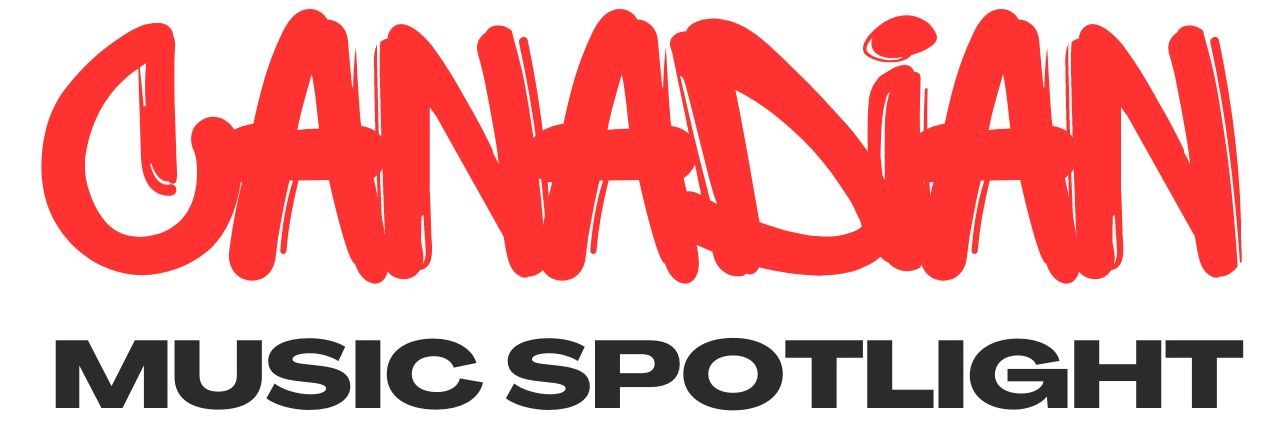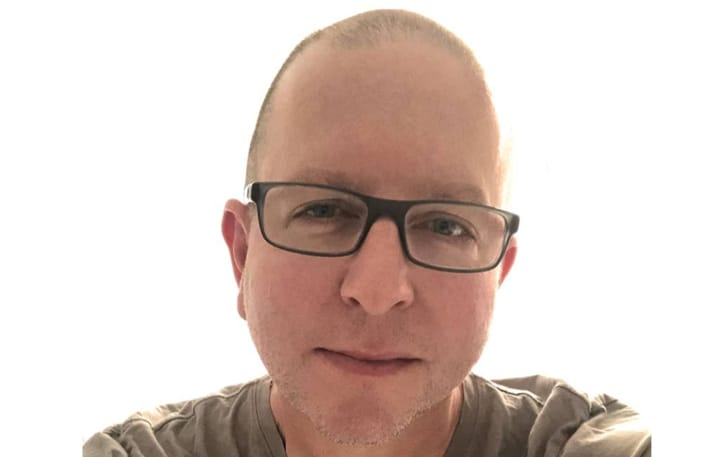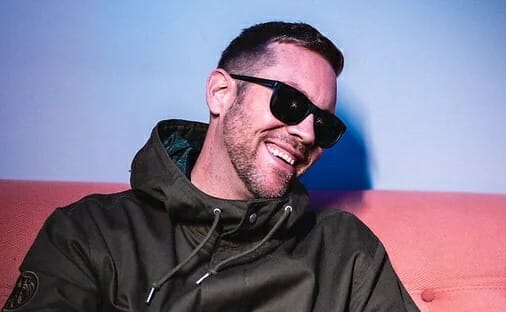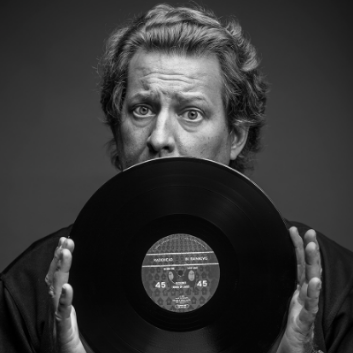Before, During and After Each Show
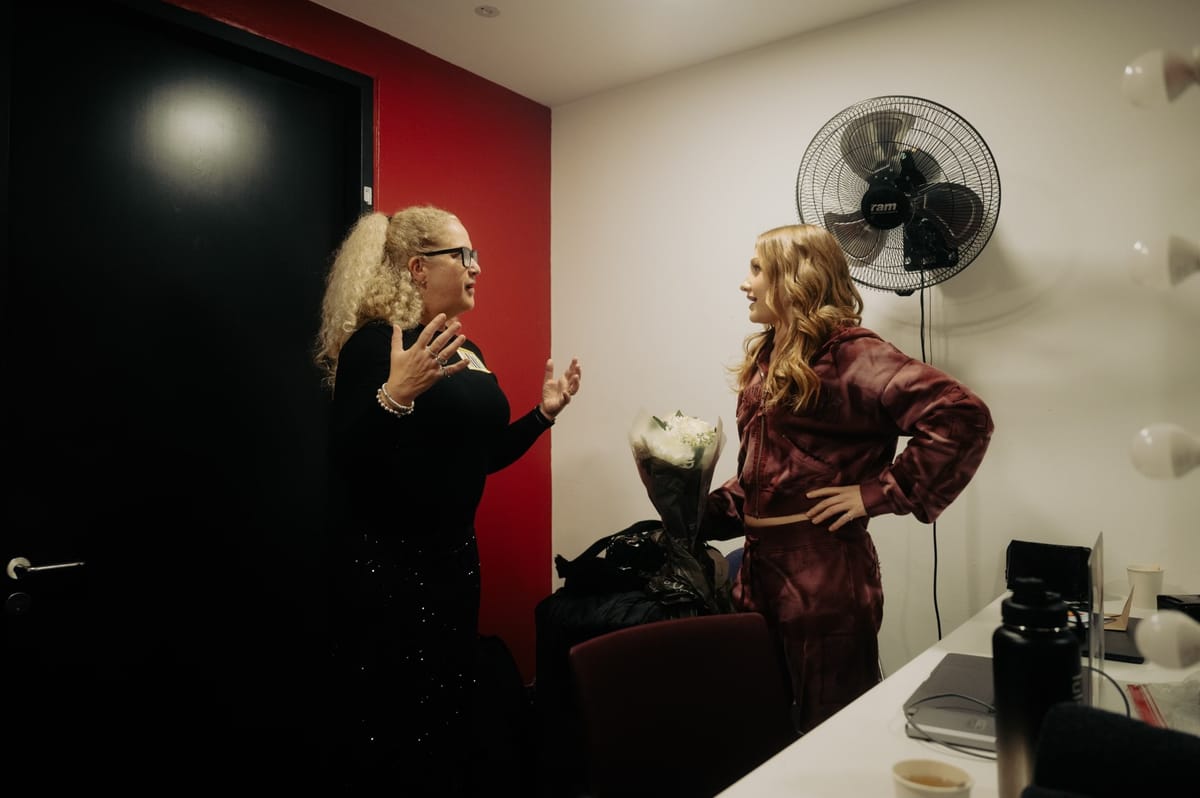
By Lorraine Lawson
As so much of the Canadian music industry prepares for Canadian Music Week, North by NorthWest, summer music festivals, and tours, it is really smart to take some quality time to ensure your next show is a success. Not to mention, the compounding success that is possible when you apply a simple strategy of Before, During and After each show to build on the next.
In the sports world, there is a very clear distinction between ‘on season’ and ‘off season’ that the music industry can benefit from. There is a time to build skills and train, and there is a time to get on the field and perform. The separation of these two seasons is really important as it helps define where someone is in their skill level right, versus where they want to be, and subsequently what training they need to focus on to get there. A clear example of this would be in junior sports, where there are several different levels. These levels define the skill level of the players but also define the rules and expectations of the game. The players are able to compete more fairly from team to team. Some players will inevitably be better than others, but by competing at your basic skill level, there won’t be a massive discrepancy from player to player or game to game. If someone wants to compete at a higher level, they recognize they will need to invest in building their skills accordingly.
As a coach to countless developing, emerging and established artists, I like to use this ‘on season’ and ‘off season’ distinction to help my clients produce clear expectations for what they, and their possible team, want in the immediate and not so distant future. The danger for so many artists is they set their goals and expectations too far into the future, always trying to live in their potential instead of concentrating on where they are ‘on season’ and making a plan towards the future ‘off season’.
Every artist needs a clear vision of where they are going but it must be balanced with building real time experience doing what they actually can do right now. It’s important to understand, there is a power in knowing who you are and what you are capable of right now. The alternative can lead to the artist appearing on stage as ‘not ready’ because they simply are trying to execute something vocally, or physically, or technically too challenging and let’s face it potentially distracting to the audience.
The best discipline for any artist is to focus their development and skill training in the ‘off season’ so they will be able to captivate any size audience; no matter the size of the stage, no matter who is on the stage with them, and no matter how long they are on the stage.
We have all been to shows where the artist can make the audience feel special. It’s the best feeling in the world when an artist seems to look right at you. Some artists struggle with connecting with the audience and instead of making them feel special, they seem to be somewhere else in their mind. For example; The artist may choose to perform acoustically but moves around the stage as if there is a full band with tracks. They are clearly hearing the full arrangement in their mind and performing to that potential, but the audience only hears a piano or guitar and their lead vocal. These times tend to feel like the artist is performing ‘at the audience’ instead of ‘for the audience’ that is in front of them. It can be especially dangerous for developing and emerging artists to do this because so often the audience they are performing for does not know them. They may be sharing the bill with other artists or opening for a bigger name artist. In both cases the artist must learn how to connect and convert the audience to becoming loyal fans.
So many artists dream of performing on large stages in front of huge audiences but forget that performing for smaller rooms definitely has the benefit of being easier to create memorable moments with real fans. The artist gets to be face to face with the audience. There are no smoke and mirrors to hide behind. The artist is forced to generate the type of energy they want their audience to feel and if the artist has done it right, the audience will come back again and again to feel it.
This past year, a longtime client of mine, Roy Woods, decided to go on an international tour performing in smaller club venues with only himself on stage with tracks. He called this tour ‘Me to You’ because he wanted to connect with his fanbase on the most intimate levels. He created moments in the show where he could jump into the crowd to get even closer to him and the audience LOVED it. He encouraged his audience to sing, to jump, and to dance with him. In the past he has performed for huge audiences headlining Rolling Loud Music Festival, and at arenas opening for Drake and other big name artists. But after Covid, Roy and his team felt the best way to truly connect with his real fans was to book small venues for him to see them and them to really see him, and it worked!
Several years ago Lady Gaga chose to perform in clubs with Mark Ronson to promote her ‘Joanne’ album. Not only did this give her a chance to connect more intimately with her fans, but it was also a very smart marketing opportunity by doing the opposite of what people expected of her, which was to perform at stadiums and arenas. Sometimes making yourself less accessible (smaller venue means less tickets available) can make you more appealing and this strategy certainly worked to show Lady Gaga’s level of talent and fearless desire to share this music the way it was intended; raw and real.
Another incredibly talented client of mine is Canadian superstar Jessia. She has been so fortunate to open for Maroon 5 at the Canadian Open in front of thousands of people. She also went on 2 world tours opening for One Republic in front of 50+ thousand people night after night. Of course she received a massive increase in her social media followers from these incredible opportunities, but there is no question it’s tough to make real fans as an unknown artist when everyone in the audience is there for the headliner and NOT for you.
I have encouraged many artists over the years to hold off from performing in large venues, or adding dancers, and even using large back up bands on stage, at least until they have the audience and the budget to do it right. A common goal for an emerging artist is to get an agent. The reality is, if their show is too expensive it’s impossible to tour. Performing with less bells and whistles in smaller venues allows the artist to perform more often and hopefully in more cities which increases the potential of growing a real audience and attracting the right industry team members at the right time.
BEFORE, DURING, AFTER
So much of the work you do before, during, and after every show will provide the confidence you need to be successful.
I use this simple strategy ‘BEFORE, DURING and AFTER’, to ensure the best outcome for my clients. I encourage everyone reading to implement this strategy right now and notice the compounded successes you will experience as a result!
BEFORE
As you can imagine, I get approached by artists and/or their team (unfortunately far too often), just days before they have to do something big! They have a recording session with a big name producer or want to prepare for a performance where a big name agent is coming to check them out. Whatever it is, they want to make sure it’s amazing, but the lack of prep time will always limit the level of results no matter how great of an artist they are or how great of a coach I am. The outcome of any goal is directly affected by how much preparation is done ahead of time! Think about the process of building a skyscraper. An architect designs the building and a structural engineer is hired to do detailed drawings with specific measurements and weight calculations to make sure the design is structurally sound before any construction actually starts. We can all benefit from MORE prep time.
What are you doing before your performance to ensure you are ready?
Answer these questions before taking any significant actions:
- Who do you want the audience to see when you perform?
- Where are you in your skill level as a singer? As a performer? As a communicator?
- Why do you love to perform?
- WHO are you performing for? Do they know you? What are they doing? Standing? Sitting? What are their expectations?
- What is the feeling you want your audience to experience from your show? What is the overall theme?
- How long are you performing for? How many songs can you fit with engaging dialogue? How many original songs? How many covers?
- Are you responsible for ticket sales? How many?
- Do you have an email list of fans? Or do you only use social media to promote your shows?
- List 10 ways to get people to your show.
- Do you have any merchandise to sell? Are you able to sell at the show?
- How much time do you have before your show to plan, practice and perfect your performance?
- What are you committed to in order to achieve your goals for this performance?
- What are the measurable results you need to achieve?
- What is your budget?
- Make sure you document this BEFORE phase for BTS content.
It’s not always natural for an artist to be a sales and marketing person, however the artists who embrace these roles win! You need to become a marketing genius. This is a skill in-and-of itself. It happens to be one of my favourite things to do with my clients in the Artist Mentorship program. We discuss strategies for getting bodies out to enjoy the show and to bring friends!
It’s challenging to know which things you can delegate and which things you must do alone. It’s always good to create a list of tasks and see which you are naturally good at and which you need assistance with.
What are you doing before to engage the audience? Most of the time people wait until their product is ready before they invest time in building their audience. I assure you, put some time towards building a relationship with your audience and they will be there when you need them!
You might be wondering how long this phase should be. It really depends on you and how confident you feel to launch your product.
Invest as much time, effort, and money you can afford in this phase to feel incredibly powerful about yourself, what you do, and why you do it. Invest the time and effort you need to establish who your ideal audience is and nurture them everyday.
This stage is where a lot of exciting discoveries can be made. You want to document every step of this stage to not only show it later when you promote your program or performance, but just to acknowledge where you were, where you are and where you headed.
DURING
This is of course the day you have been waiting for! All of your planning, preparation, and practice has led to this moment when you get to do what you do for people you really want to do it for.
The important part of this stage is to do something so extraordinary that your audience will remember! You want to create enough memorable moments during your performance for the audience to become your fan for life.
Finally make sure you give any new people in your audience a reason to follow you and stay connected to you.
Have you collected their information?
Have you given them something tangible to take away with them?
Make sure you document every moment of your event! You want to learn from things that worked and things that didn’t go so well. Plus have tons of content to share AFTER!
You may even want to share when your next show is right there and then if you have one booked already!!
You could do a draw for 2 free tickets to your next show. This is an excellent reason to collect people’s information at your merch table after the show.
Have a QR code on some kind of stand so people can go directly to your landing page or socials or to stream your music.
All your planning before should limit mistakes but remember, you will grow and learn each and every time you perform!
AFTER
This stage is super important for you to stay top of mind after your event. You don’t want to wait too long before sending an email or a DM thanking your audience for coming or participating.
This is another opportunity to give them something of value. Maybe a discount on your next show or off merchandise, or a chance to stay connected with you in a special fan club.
Stacking events is really smart. After you finish one you want to be promoting the next.
Creating some kind of residency monthly or bi-monthly or even two times a year allows your fans and followers to look forward to working with you again and again. It also builds trust that you are not going away. You are here to stay and your audience will not only look forward to your next performance, they will be able to recommend what you are doing next to their friends.
Many emerging artists in Canada don’t have many show opportunities depending on the cities they live in, or they may have age limitations, or they don’t have the chance to network with other artists, especially if they live in a small town. The answer to this problem led me to design a hybrid Performance Bootcamp where all artists, all levels and all ages can work on their performance skills in-person or online.
The bottom line is PLAN your next show and know that each time you get on ANY stage is a chance to learn and grow. Don’t wait until you think you are ready, and don’t try to wait for confidence to find you. I still get nervous anytime I do something new. It’s all a part of the process. What I know for sure is that whether you have a new desire to get on a stage, or you are a veteran performer, there is nothing better than connecting with an audience and the ideas I have shared in this article are just a few of the many possibilities and memorable moments you can create at your next performance!
Lorraine Lawson is CEO of LVS, Vocal & Performance Coach, Key Note Speaker, Author and Mentor
Website: www.lawsonvocalstudios.com
